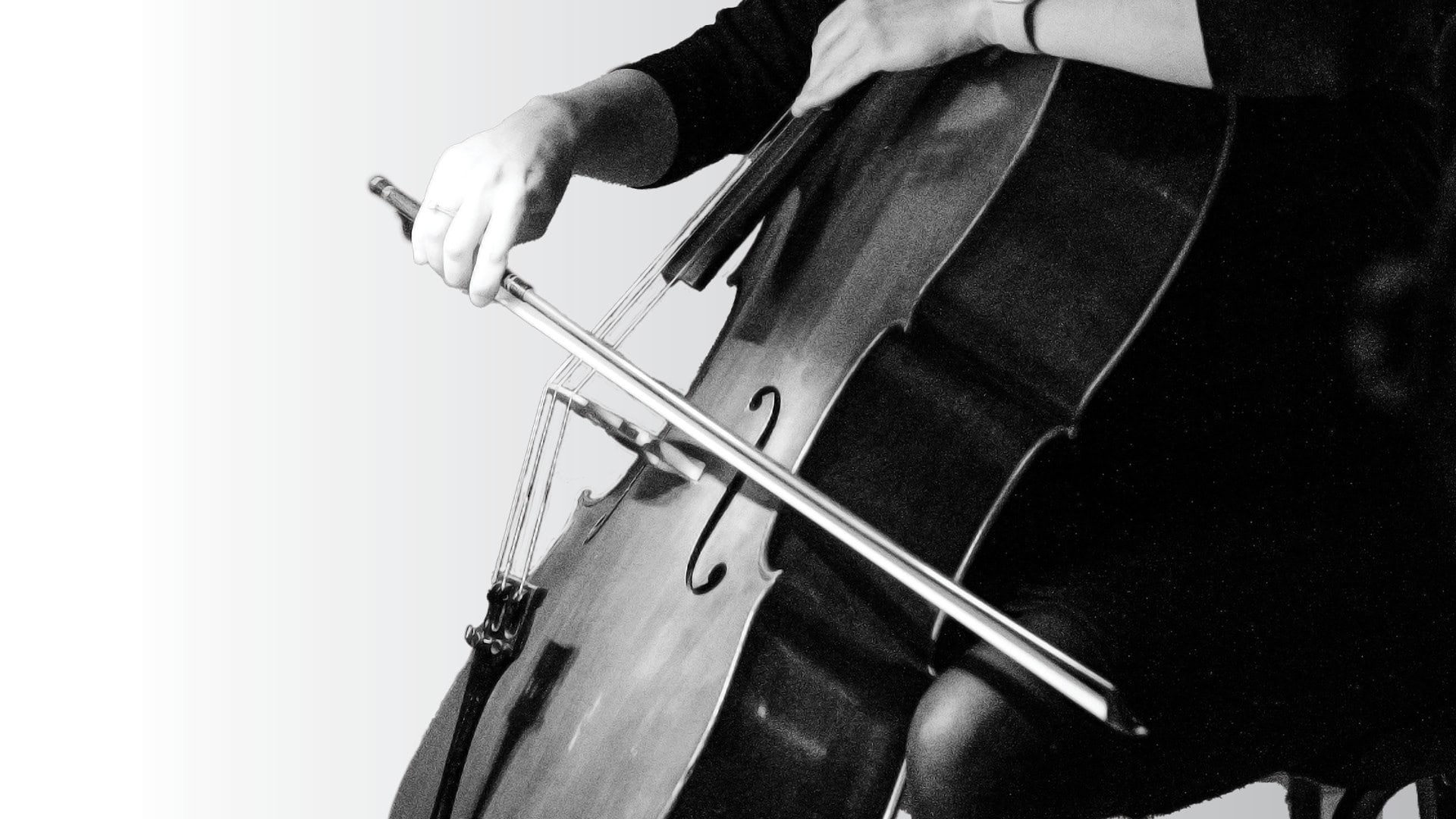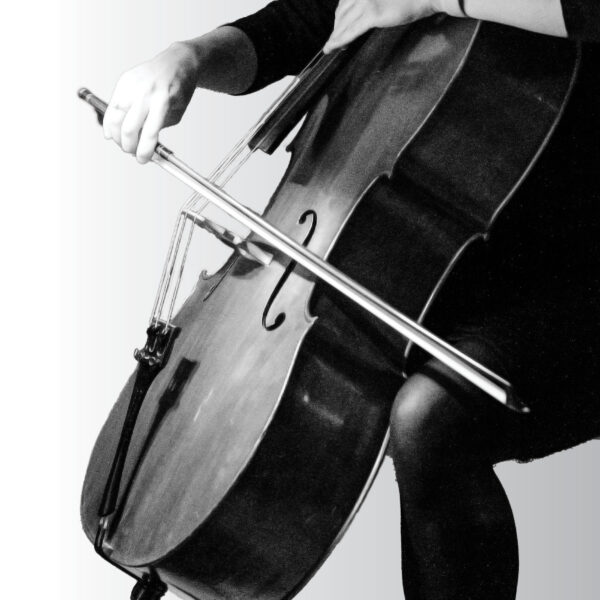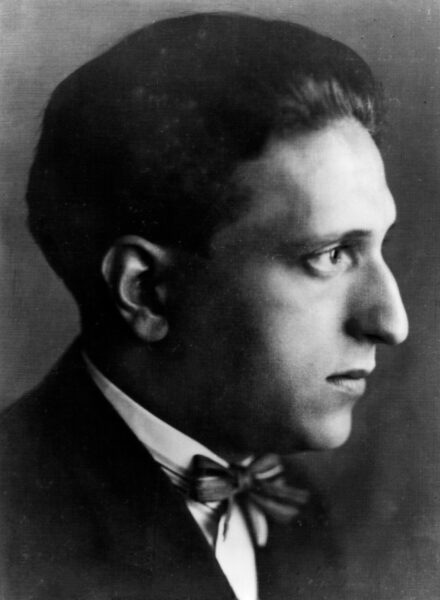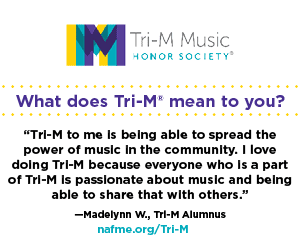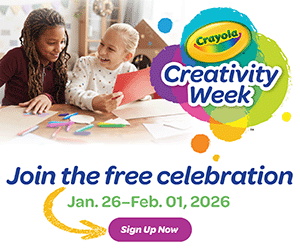/ News Posts / Music as a First-Person Account
Music as a First-Person Account
Confronting History in the Music Classroom
This blog is sponsored by NAfME Corporate member St. Louis Symphony Orchestra.
First-person accounts are invaluable resources in History and English Language Arts (ELA) classrooms as they offer personal insights and emotional connections to historical events. They make history more engaging and more relatable. And they provide students with a deeper understanding of human experience that goes beyond what can be learned from timelines, biographies, and maps.
When students read first-person accounts like diaries and letters, history comes to life through individuals’ experiences. Students learn to analyze diverse perspectives present within a single moment of history, thus developing their critical thinking skills. And perhaps, most importantly, by encountering the emotions, struggles, and triumphs of individuals from the past, students develop empathy and a deeper understanding of human experience.
First-person narratives are crucial when approaching the more difficult eras of human history. For this reason, History and ELA educators incorporate oral histories from individuals who lived through the Civil Rights Movement, letters from soldiers of the American Civil War, and diaries and memoirs from Holocaust survivors, such as those by Anne Frank and Elie Wiesel. Just as diaries and letters capture individual voices through words, music can express those same lived experiences through sound. Like an author placing words on a page or an artist painting on a canvas, composers often use melody, harmony, and rhythm to tell their stories—stories that allow us to hear history in an immediate and emotional way.
Throughout history, composers have used music to document their lived experiences, including during moments of crisis. From enslaved people who preserved their culture through spirituals to 20th-century composers who wrote in times of war, music has always been a means of bearing witness. Through the music we choose to teach in our music classrooms, we can help students dig more deeply into history and reflect on some of the more difficult periods of our past.
When we bring music into our classrooms from significant historical moments—such as the Civil Rights Movement, the era of slavery, or the Holocaust—we help students form a deeper, more personal connection to history. By providing historical context, listening to the music, and guiding students to reflect on both, we help them make meaningful connections between what they hear, what they feel, and what they know about the composer’s lived experience. Here are some steps to guide this exploration:
- Connect with prior knowledge: Ask students—or collaborate with their History, Social Studies, or ELA teachers to discover—what they have already learned about the era or event. Fill in any gaps with a high-level overview; you don’t need to be a history expert.
- Introduce the composer’s story: Share biographical details, focusing on how the historical period shaped the composer’s life and music.
- Analyze emotion in music: Have students listen to the composer’s work and discuss the musical elements—such as melody, dynamics, and harmony—that contribute to its mood.
- Engage in creative composition: Encourage students to manipulate themes from the piece to explore how compositional choices impact emotion.
- Seek out other perspectives: Explore music from other composers of the same era to highlight diverse experiences and expressions.
- Welcome discussion and connection: Empower students to share their thoughts, ideas, and experiences through meaningful discussion and creative expression. Guide students in finding connections to the composer’s biography, identity, or emotion.
Music is more than just sound. It is a reflection of personal and collective histories that document moments in time for us and future generations. When we take the time to place a piece of music in its historical context and listen for the composer’s emotions and experiences, we help students connect with an individual composer and gain a deeper understanding of the past.
In recent years, many states across this country have mandated Holocaust education in schools so that students come to understand the dangers of hatred and indifference. Given the vital role music plays in helping students engage with history, it can be a particularly meaningful tool in Holocaust education—an area where emotional connection is key to understanding the depth of human experience. Composers who lived through the Holocaust left behind works that give voice to their experiences, allowing us to hear history not just through words, but through melody, harmony, and expression.
The St. Louis Symphony Orchestra’s new digital education program, Holocaust Composer Stories, offers a unique opportunity to explore this idea. This 45-minute documentary-style video, accompanied by lesson plans for middle and high school Music and Social Studies classrooms, connects students to composers impacted by the Holocaust. By focusing on an individual’s story, students move beyond statistics and into a deeper, more personal connection with this difficult history. In the first installment, students will see and hear the humanity of composer Pavel Haas (1899–1944), whose life was cut short by a decades-long, continent-spanning history of hatred and indifference.
As music teachers, we play a vital role in deepening students’ understanding of history. A composer’s music has the power to establish an emotional connection with its listeners, and foster empathy and awareness of how history shapes the world we live in today. At the same time, when we show students how music carries personal and historical narratives across time, we inspire them to use music as their own voice, to document today’s experiences for the listeners of the future.
Interested in reprinting this article? Please review the reprint guidelines.
The National Association for Music Education (NAfME) provides a number of forums for the sharing of information and opinion, including blogs and postings on our website, articles and columns in our magazines and journals, and postings to our Amplify member portal. Unless specifically noted, the views expressed in these media do not necessarily represent the policy or views of the Association, its officers, or its employees.
Published Date
April 22, 2025
Category
- Culturally Relevant Teaching
- Culture
- Lifelong Learning
- Social Emotional Learning
Copyright
April 22, 2025. © National Association for Music Education (NAfME.org)
